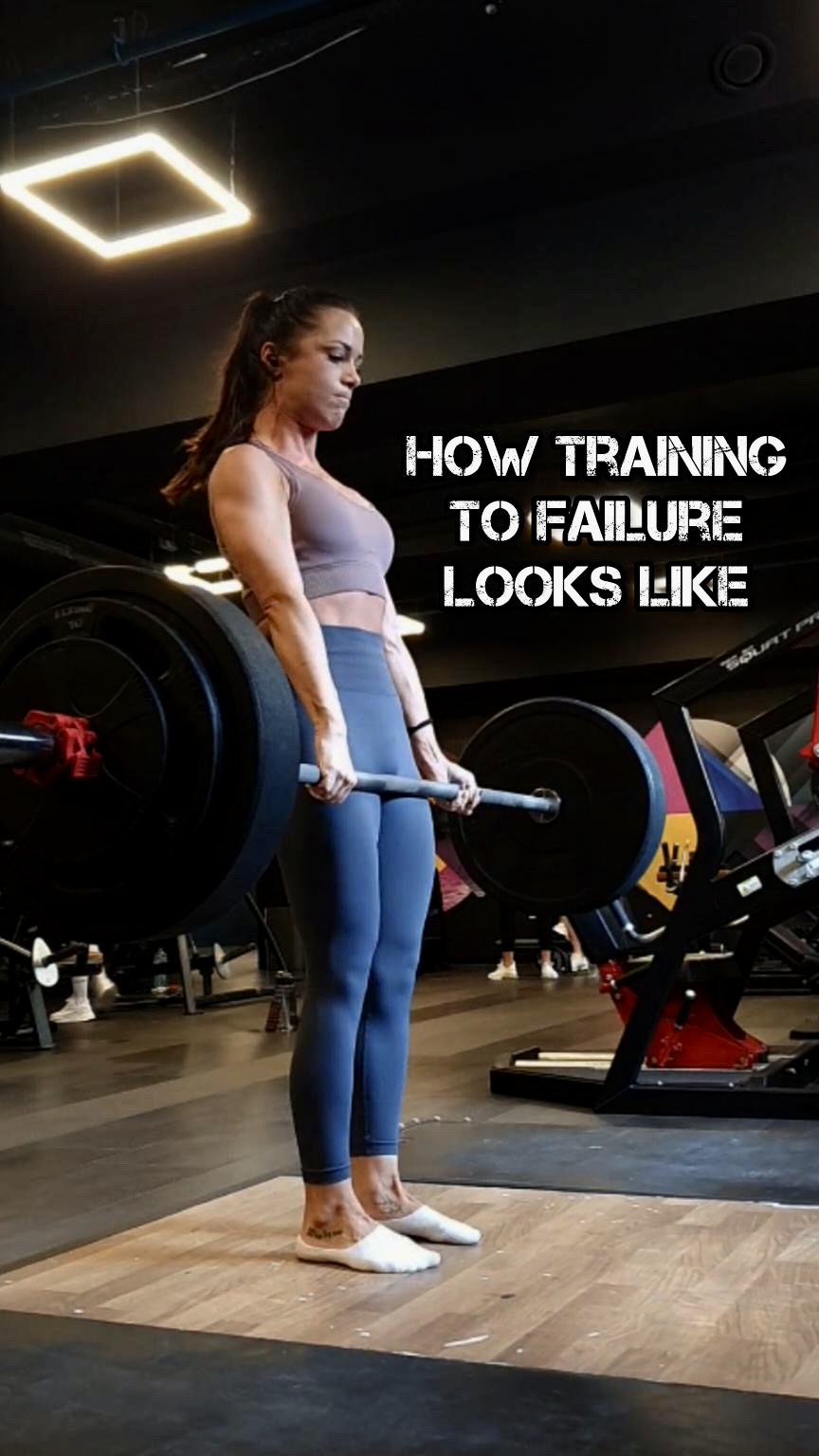Training to Failure – Technical Failure vs Mechanical Failure – What You Need To Know
When it comes to training to failure it’s very important to know this.
The two key points to know in training to failure are “Technical Failure” vs “Mechanical Failure”.
Check out this video by Hanna Kim with what you need to know about two types of training to failure and more info on each.
There’s two types of “failure” – technical and mechanical.
Technical failure is when you cannot perform another rep with good form. Usually this applies to doing reps at full range of motion, or doing compound movements where it’s easier to overcompensate by using other muscles.
But when technique breaks, you can still do partial reps and negative reps to continue placing mechanical tension on the targeted muscle.
Mechanical failure happens when your muscle is too fatigued to continue contracting.
Muscle fatigue is harder to recover from, and it doesn’t really have any benefits (it’s TENSION on the muscle that yields muscle growth, and fatigue can mess that up).
Now, cranking out a few partial reps past technical failure to increase TENSION on the muscle isn’t the worst thing to do though.
What you want to avoid is simply taking all sets of all exercises to an extreme where your recovery is compromised.
Training to mechanical failure is also great to reassess your ability to estimate RPE.
RPE stands for Rate of Perceived Exertion and it’s a scale from 0 to 10 that we use to determine the difficulty of a set.
Most productive sets are at an RPE of 7-10.
10 meaning that you couldn’t possibly do another rep, while 7 meaning that you had 3 reps left (8 means that you had 2 reps left etc)
Pushing the limits a little bit from time to time serves as a great tool to reassess your ability to estimate RPE and get a sick pump while at it.

Fitness coach, mother, and national powerlifting silver medalist.





